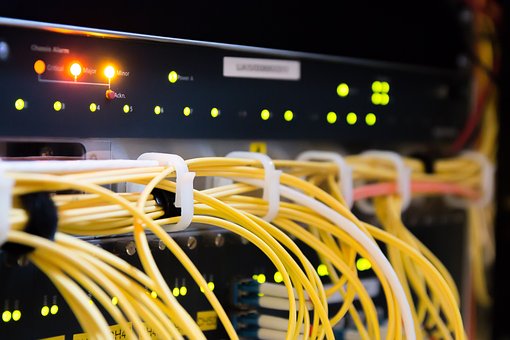The cloud environment provides a variety of service models, each service model has its own unique points and management requirements, so it will lead to the complexity of the cloud environment. Managing and coordinating resources and services across different cloud environments, large-scale scalability, network topology and configuration, complex security and compliance, expense management, and more all contribute to cloud environment complexity. In short, the complexity of the cloud environment comes from its flexibility, scalability, diversity and dynamics, and effective monitoring and management of these aspects is conducive to ensuring the stability and security of the cloud environment. Observability in a complex cloud environment is one of the key aspects of ensuring that systems function well and problems are detected and resolved quickly. Here are five tips for achieving observability in complex clouds:
Centralized log and event management:
Centralized logging
Centrally store logs generated by applications, systems, and infrastructure in a log management system. This can be done by using tools such as ELK Stack (Elasticsearch, Logstash, Kibana) or Splunk.
Event stream processing
Event stream processing is implemented to capture and process events in the system in a timely manner. Use stream processing platforms such as Apache Kafka, Amazon Kinesis, and others to help manage the flow of events.

Measure and monitor:
Indicator definition and collection
Define key performance metrics (such as latency, throughput, error rate, and so on) and collect them periodically. Cloud providers typically offer monitoring services and can also use open source tools such as Prometheus.
Automatic alarm
Set up automated alarms to notify relevant personnel in case of system problems or performance degradation. Avoid alarm noise and make sure the alarm is meaningful.
Distributed tracking:
Implement distributed tracking
Use distributed tracking tools (such as Jaeger, Zipkin) to track application requests across multiple services. This helps visualize the request path, detect potential performance issues, and optimize the system.
Integrated tracking data
Integrate distributed tracking data into monitoring and logging systems for a complete picture of system health.
Real-time fault detection:
Implement real-time fault detection
Use tools and services to monitor system health in real time. This can be achieved through the use of service grids, automated health checks, and more.
Use automated tools
Use automated tools to detect faults and respond quickly when system anomalies occur. Automatic repair and self-healing mechanisms can help the system recover quickly if something goes wrong.
Visualization and analysis:
Dashboard and visualization
Display key metrics and log information with dashboards and visual tools. This helps the team quickly identify and understand the status of the system.
Log analysis and AI
Use log analysis tools and AI techniques to identify abnormal patterns and perform root cause analysis to help engineering teams better understand system behavior.
The above mentioned application skills can help the cloud service team better understand, monitor and manage the complex cloud environment, improve the system observability, reduce the difficulty of troubleshooting, and ensure the continuous and stable operation of the system.

 EN
EN
 CN
CN








